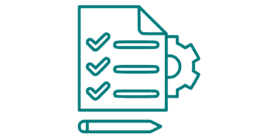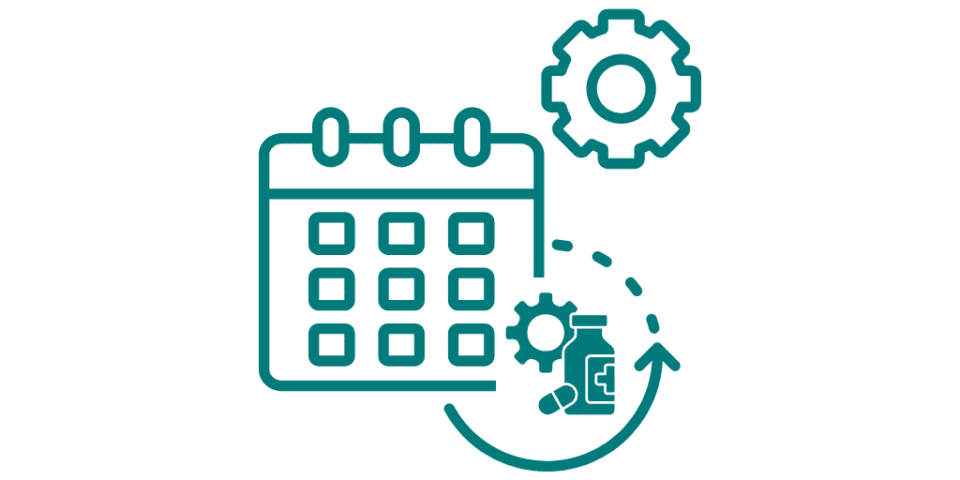
FDA inspections are a critical aspect of regulatory compliance for pharmaceutical, biotech, and medical device companies. A well-prepared organization can navigate inspections smoothly, avoid compliance violations, and maintain operational efficiency. This article outlines the key steps companies should take to ensure FDA inspection readiness.
Understanding FDA Inspections
The U.S. Food and Drug Administration (FDA) conducts routine and for-cause inspections to assess compliance with Good Manufacturing Practices (GMP), Good Clinical Practices (GCP), and Good Laboratory Practices (GLP). These inspections can be:
- Pre-approval inspections (PAI): Conducted before a product receives market approval.
- Routine surveillance inspections: Regular assessments to ensure ongoing compliance.
- For-cause inspections: Triggered by complaints, adverse events, or significant noncompliance.
Understanding the type and scope of an inspection helps companies prepare effectively.
Key Steps to Achieve FDA Inspection Readiness
1. Establish a Strong Quality Management System (QMS)
A well-structured QMS is the backbone of FDA compliance. It should include:
- Comprehensive SOPs (Standard Operating Procedures): Clearly documented processes for all critical operations.
- Training programs: Regular employee training on compliance requirements and documentation practices.
- Internal audits: Routine self-inspections to identify and rectify compliance gaps before an FDA visit.
2. Maintain Complete and Accurate Documentation
FDA inspectors expect to see well-organized and up-to-date records. Key areas of focus include:
- Batch records and manufacturing logs
- Validation reports for equipment and processes
- Training records and employee qualifications
- Complaint handling and adverse event reports
3. Conduct Mock Inspections
Simulated FDA inspections help employees gain familiarity with the inspection process and identify potential areas of concern. These should:
- Be led by external regulatory experts or internal compliance teams.
- Mimic real FDA inspection procedures, including document requests and interviews.
- Provide feedback on areas requiring improvement.
4. Ensure Facility and Equipment Readiness
Inspectors will assess whether the facility and equipment meet regulatory standards. Companies should:
- Perform routine maintenance and calibration of critical equipment.
- Keep manufacturing and storage areas clean, organized, and free from contamination risks.
- Ensure proper labeling, segregation, and handling of raw materials and finished products.
5. Train Personnel on Inspection Conduct
All employees should understand their roles during an FDA inspection. Training should cover:
- How to interact with inspectors professionally and accurately.
- What to do if an inspector requests documents or interviews employees.
- How to handle difficult questions without speculation or over-explanation.
6. Address Previous Inspection Findings
If the company has undergone previous inspections, ensure that all corrective actions have been implemented and documented. This includes:
- Reviewing past FDA Form 483 observations and warning letters.
- Demonstrating improvements and ongoing compliance measures.
Responding to an FDA Inspection
After an inspection, the FDA may issue an FDA Form 483 if deficiencies are noted. To manage post-inspection processes effectively:
- Respond promptly and professionally. Provide a detailed corrective action plan within the requested timeframe.
- Implement corrective and preventive actions (CAPAs). Ensure all identified deficiencies are fully addressed and documented.
- Maintain open communication with the FDA. Engage in dialogue if clarification is needed regarding the findings or the response.
Find Guidance on FDA Inspection Readiness
FDA inspection readiness is an ongoing process that requires a proactive approach to quality management, documentation, facility upkeep, and personnel training. By fostering a culture of compliance and preparedness, companies can navigate FDA inspections with confidence, minimize regulatory risks, and ensure product quality and patient safety.
For expert guidance on FDA inspection readiness and compliance strategies, DS Inpharmatics offers tailored consulting solutions. Contact us today to learn how we can support your regulatory and quality assurance efforts.




